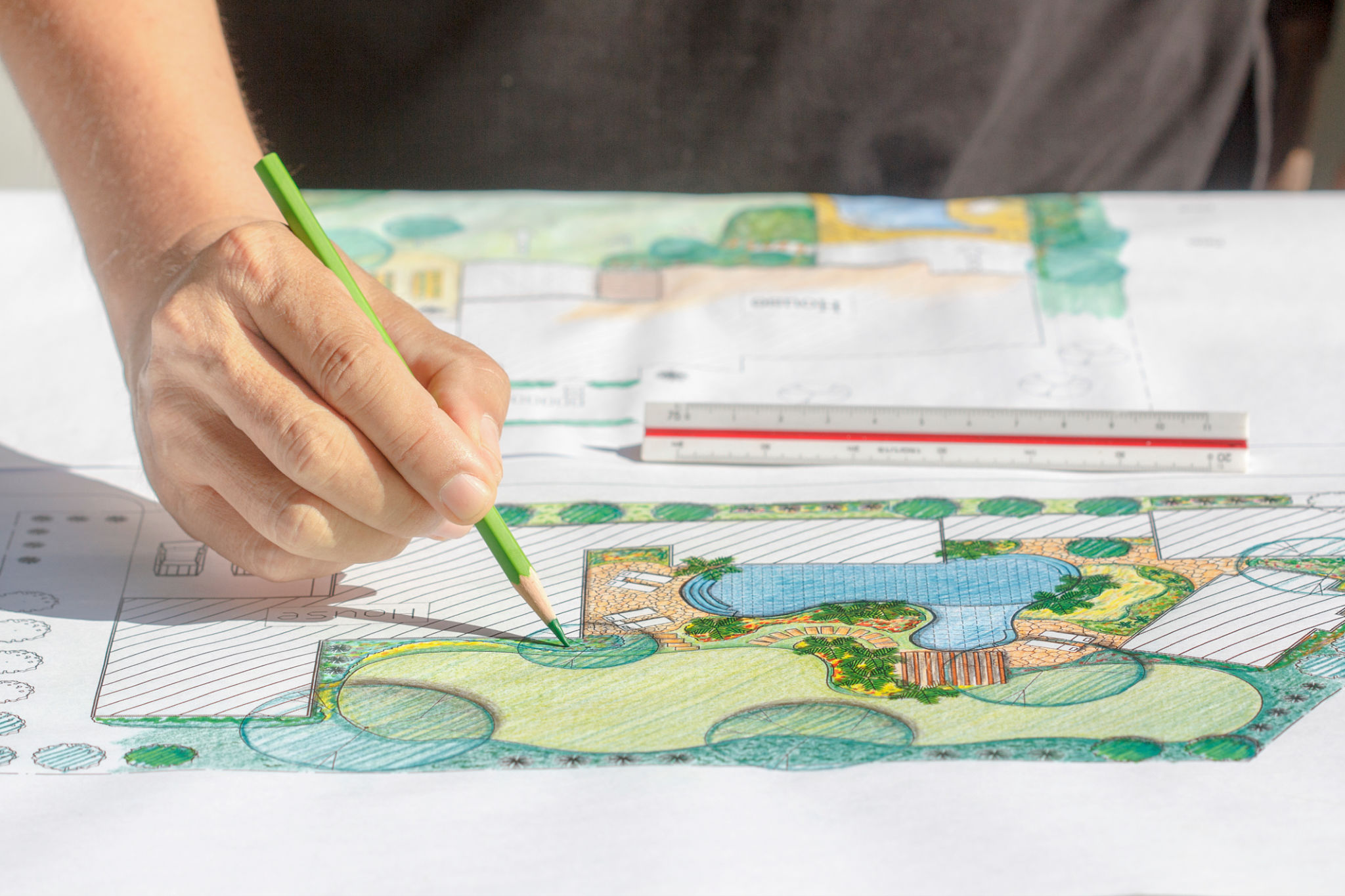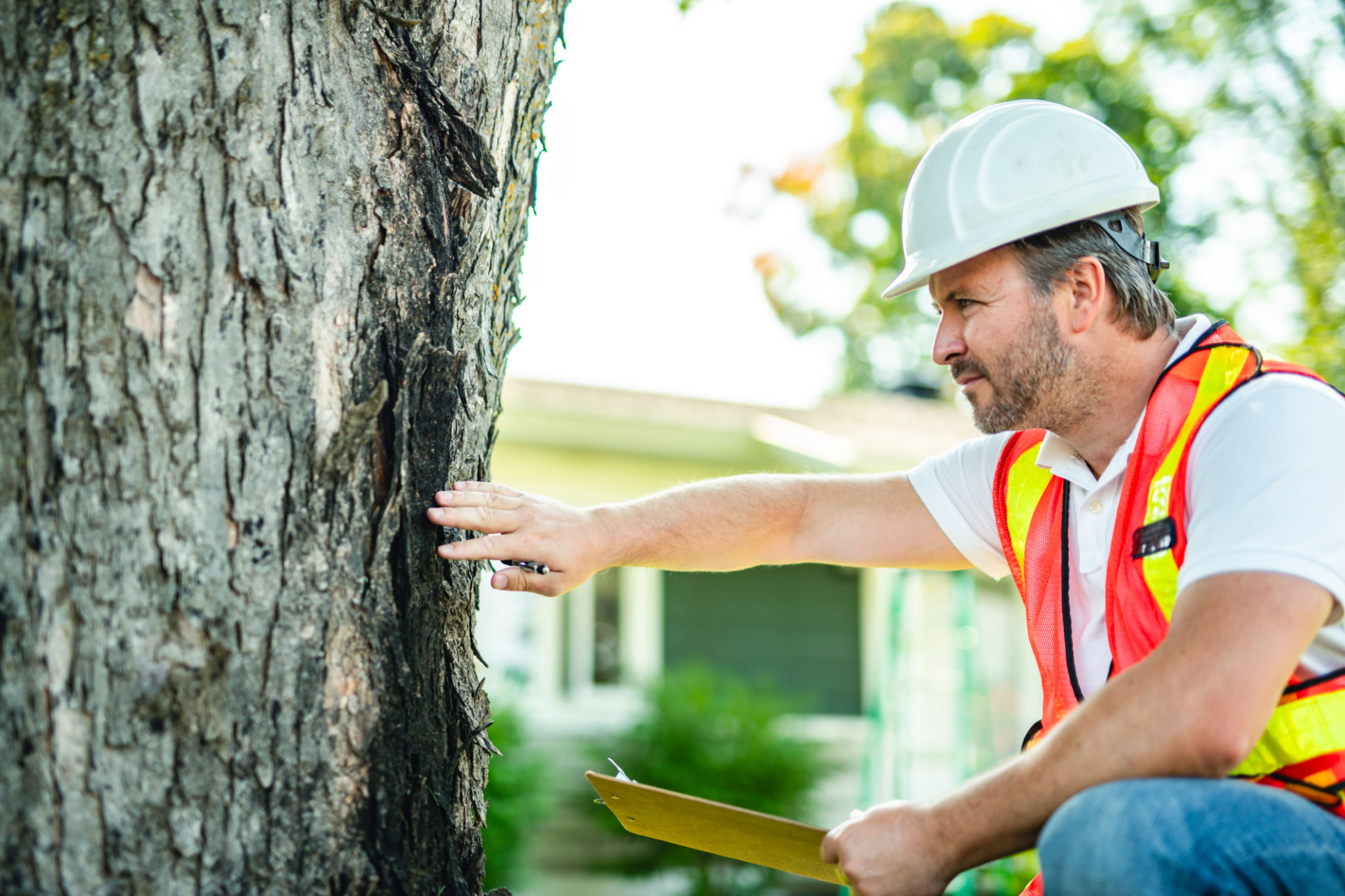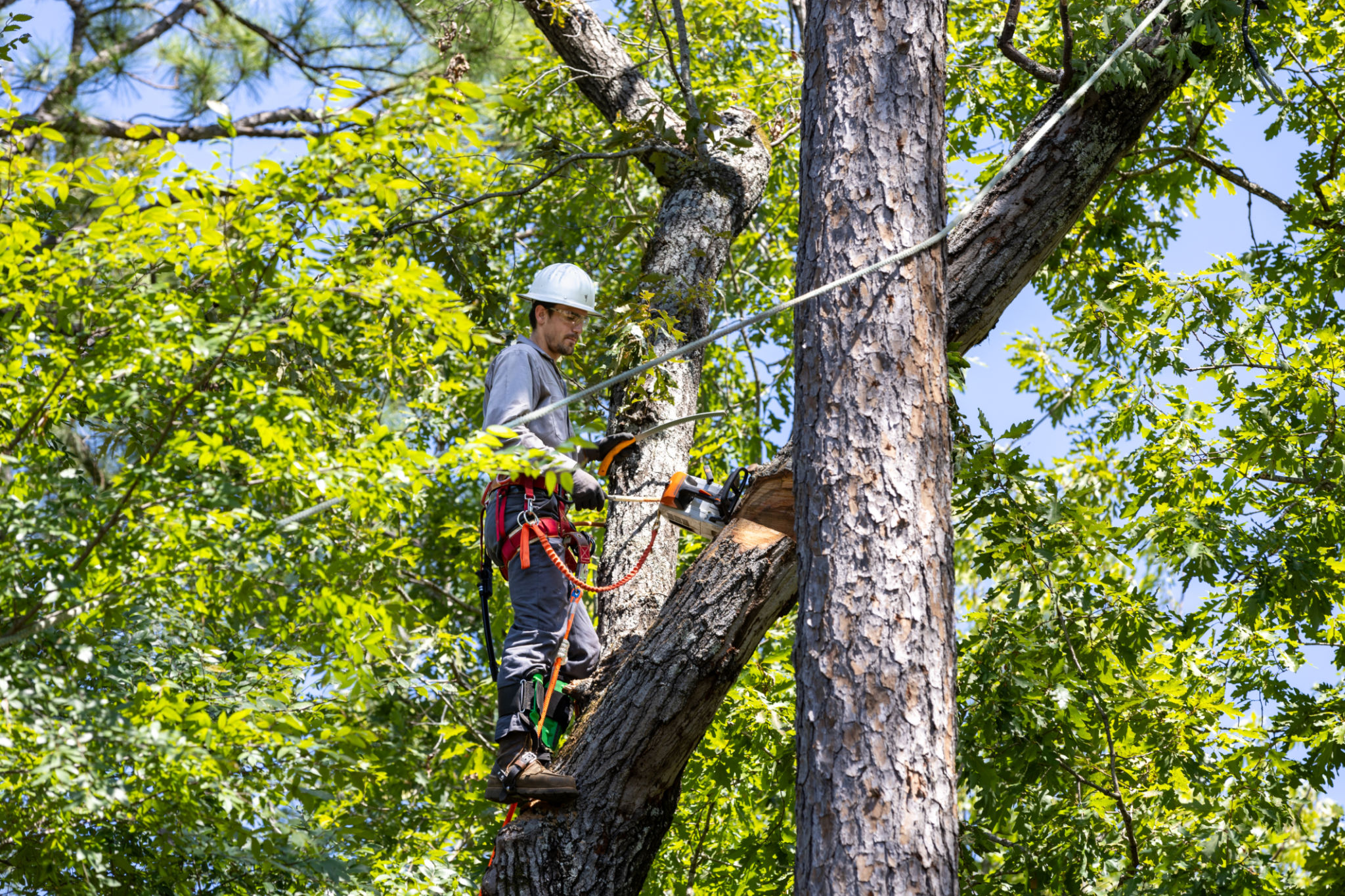Expert Tips on Choosing the Right Trees for Your Property
Understanding Your Landscape
Choosing the right trees for your property begins with understanding your landscape. Different trees have varying requirements and characteristics, making it crucial to assess the soil type, climate, and available space in your yard. Consider the amount of sunlight your property receives daily, as this will significantly influence the types of trees that will thrive in your environment.

Conducting a soil test can provide valuable insights into the pH levels and nutrient content, helping you select trees that will flourish. Additionally, understanding the microclimates within your property can guide you in positioning trees appropriately to ensure optimal growth.
Purpose and Functionality
Another critical factor in choosing the right trees is determining their purpose and functionality on your property. Are you looking to create shade, enhance privacy, or add aesthetic value? Each goal may require different species of trees. For instance, if shade is a priority, consider fast-growing trees like maples or oaks. For privacy, evergreen trees such as cypress or pine can form an effective natural barrier.
Moreover, consider the seasonal changes that different species offer. Some trees provide stunning autumn colors, while others may bloom beautifully in spring. Understanding these seasonal dynamics can help you achieve a year-round visual appeal for your landscape.
Tree Size and Growth Rate
It's essential to consider the mature size and growth rate of the trees you're interested in. Large trees can provide extensive shade but may not be suitable for small yards. Ensure that the trees' root systems won't interfere with underground utilities or your home's foundation as they grow.

Fast-growing trees can quickly fulfill your landscaping goals but may require more maintenance and have a shorter lifespan. On the other hand, slower-growing trees are often more resilient and longer-lived, offering sustainability in the long term.
Maintenance and Care Requirements
Different tree species have varying maintenance needs. Some trees require regular pruning, while others may need more water or specific soil conditions to thrive. It's essential to match the level of care you are willing to provide with the tree species you choose.
If you're seeking low-maintenance options, consider native species that are naturally adapted to your local climate. These trees typically require less water and are more resistant to pests and diseases, making them an ideal choice for busy homeowners.

Consulting with Experts
If you're unsure about which trees are best for your property, consulting with a landscape professional or arborist can be extremely beneficial. These experts can provide personalized recommendations based on their extensive knowledge and experience, ensuring that you make informed decisions.
They can also help you create a balanced landscape design that incorporates a variety of tree species, enhancing biodiversity and creating a harmonious outdoor environment.
Final Thoughts
Selecting the right trees for your property is a significant decision that impacts not only the aesthetics but also the ecological health of your landscape. By considering factors such as landscape conditions, purpose, size, maintenance, and expert advice, you can make choices that will benefit both your property and the environment for years to come.
Remember, thoughtful planning and research are key to creating a thriving outdoor space that you can enjoy throughout the seasons.